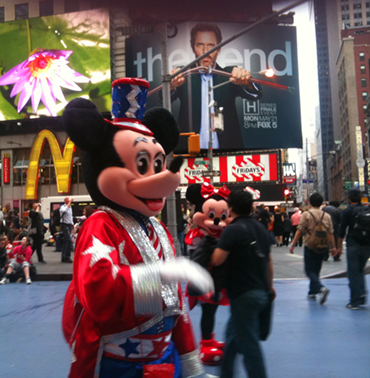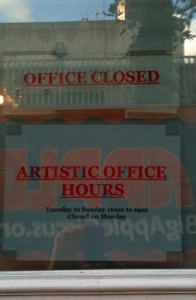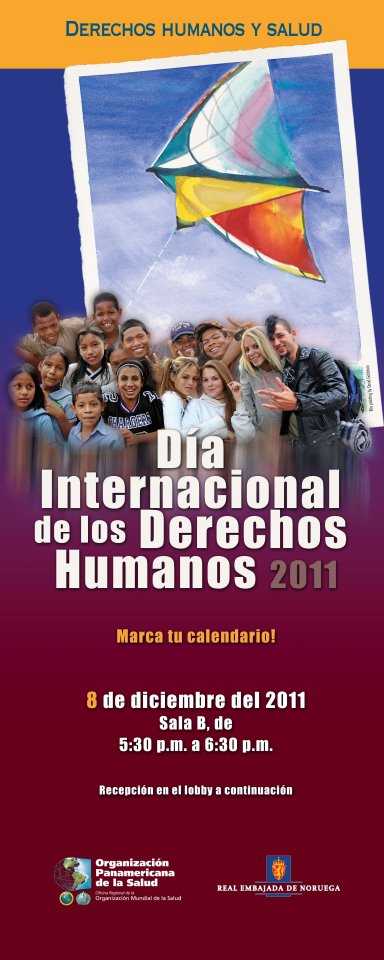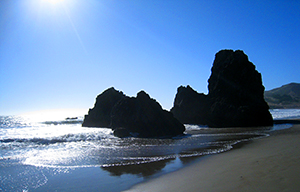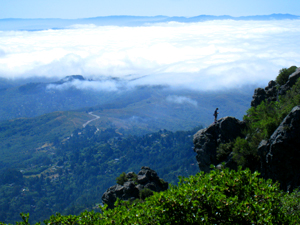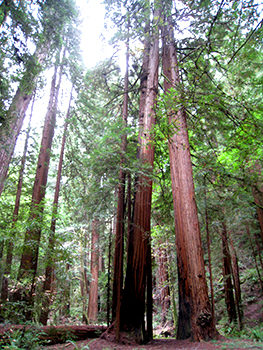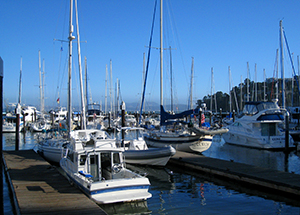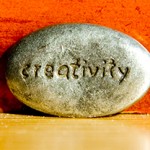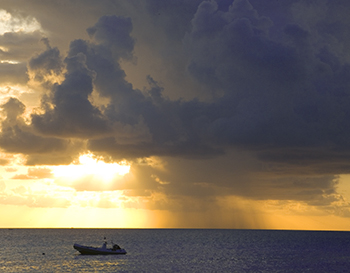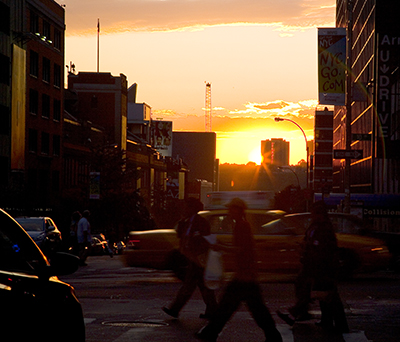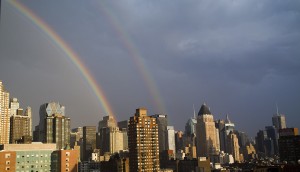Have you ever gotten a great new idea through randomly running into someone and having an unexpected conversation? Do you think crowded cities where people bump into each other breed creativity?
In his recent book Imagine, Jonah Lehrer points to studies showing that patents more often build on the ideas from inventors that live nearby. He also discusses the idea that in cities people walk through multi-use and crowded places like Hudson Street in Greenwich Village and literally bump into each other and share ideas.
This seems to be only part of the story. I’ve unscientifically walked down Hudson Street many times and have been bumped into plenty! Although words are sometimes exchanged, for me it hasn’t been the start of any fruitful exchange of ideas. For some reason while walking around the streets in Asia, it seems I was bumped into even more frequently. My only creative result was defensive. To avoid bumps, I started to wear bright “caution” orange shirts to become more visible and it worked – a little. With all the narrow spaces and crowded cities in Asia and all those collisions, I wonder why they haven’t developed a reputation for creativity? (With the obvious exception of Japan)
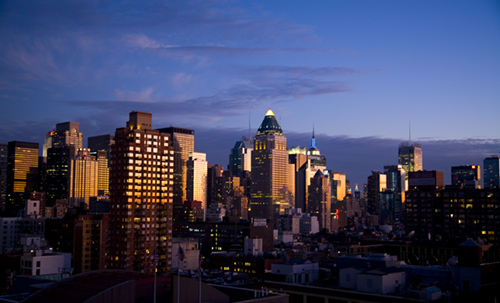 It seems when it’s too crowded, people don’t talk with their neighbors, with people in elevators or subway cars and this gives a sense of privacy. On the other hand, with too much space, it becomes out-of-the-way to walk down a long driveway to causally say hello to your neighbors. Have you noticed there is seems to be some magically in between distance that sparks conversation?
It seems when it’s too crowded, people don’t talk with their neighbors, with people in elevators or subway cars and this gives a sense of privacy. On the other hand, with too much space, it becomes out-of-the-way to walk down a long driveway to causally say hello to your neighbors. Have you noticed there is seems to be some magically in between distance that sparks conversation?
Perhaps, it’s not the physical space as much as the people who are drawn to the cities. From my experience, people who are interested in using their creativity are open to change and new experiences and they move to cities in search of opportunities for whatever their specialty. Masses of people in cities support masses of creativity that fill every niche.
If you’re a city mouse, have you noticed the real estate brokers are musicians and actors, and the babysitters are culinary chefs and choreographers? Everyone you bump into is a conductor, actor, artist, or has at least one degree of separation away from the arts. In cities, the only people who don’t call themselves artists are the people we find in our art and music classes since most of them are busy being doctors and accountants.
Of course creative ideas are randomly shared in cities, but not as efficiently and relevantly as they are shared electronically. Maybe it’s like when you find an interesting article while flipping through a magazine that you didn’t know you were looking for. Do you think it’s the layout of the city or the people who are drawn to cities that contribute to creativity? Or do you think the best ideas come from the country mouse?
